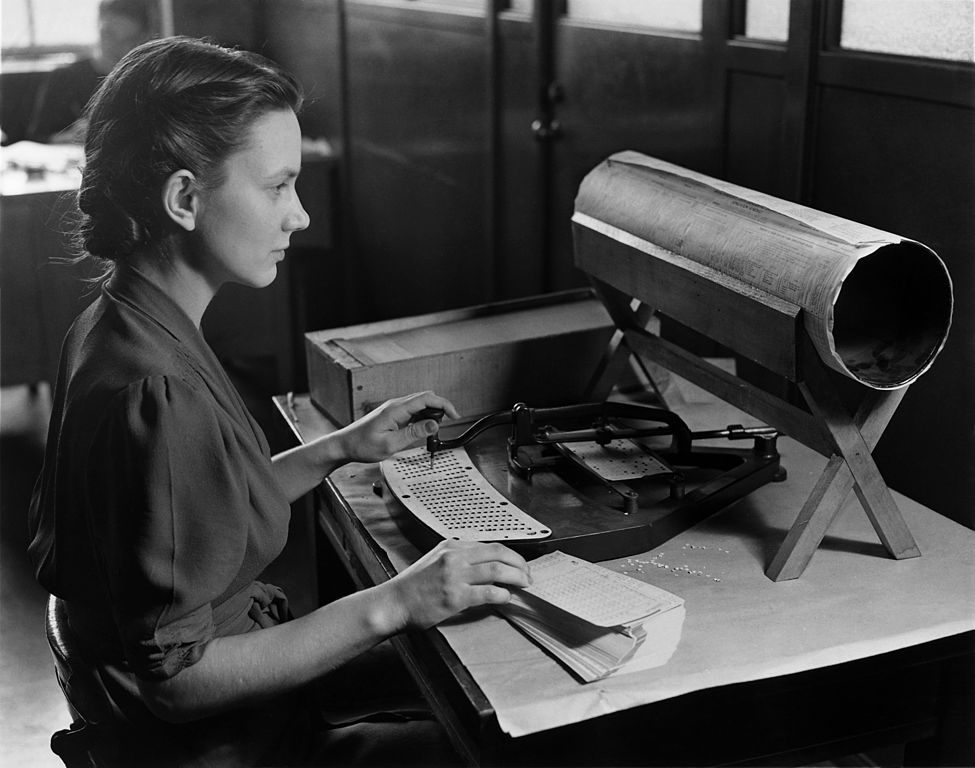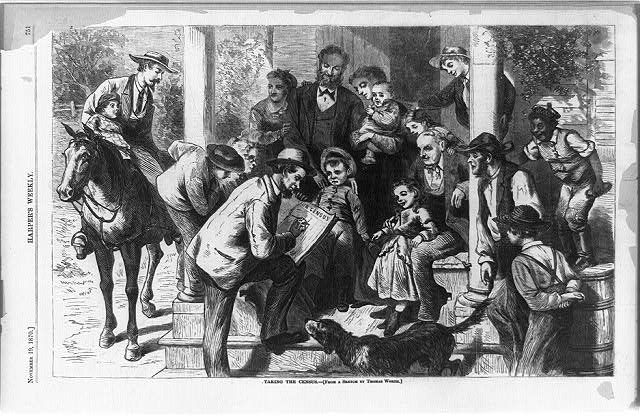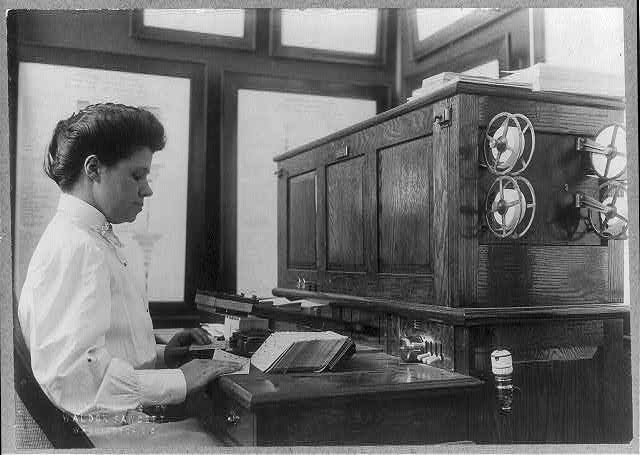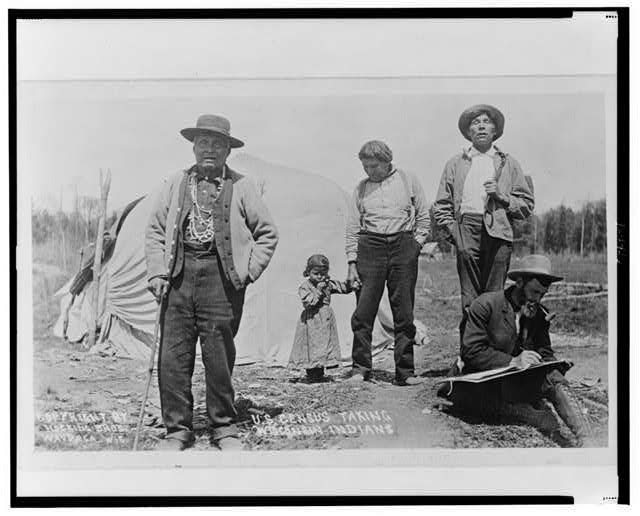The First U.S. Census Asked Just Four Questions
Over the 230 year history of the census, its questions about national origin tracked attitudes about race and nationalism.

Since 1790, every ten years, the federal government goes around trying to gather information about every person in the United States. The decennial census is mandated by the Constitution, and it’s happened 23 times in American history.
Over these decades, the information the government has asked for has changed dramatically. The original census, in 1790, asked just four questions.
- The number of free white males aged: under 16 years and of 16 years and upward
- Number of free white females
- Number of other free persons
- Number of slaves
The current administration is proposing a controversial change to the 2020 census: asking about citizenship status. Though the census has long been concerned with the national origin and naturalization status of people living in America, the current proposal would make the 2020 census the first time in American history that the government would ask the question “Is this person a citizen?” about every individual in America.

Although the main purpose of the census is to count the population of the United States, its interest in naturalization has always been related to contemporary federal immigration policy, American attitudes about race, and the rise and fall of nativist sentiment in the country. The year of the first census, 1790, was also the first year that the U.S. restricted who could become a citizen, limiting naturalization to free white people who had lived in the country two years and could prove their “good moral character” to a court. Free black people, Native Americans, and indentured servants were all excluded.
Thirty years later, in the 1820 census, the form asked about citizenship status for the first time: Heads of households were asked to list the “number of foreigners not naturalized.” The 1830 survey tweaked the question to specify that it meant to cover only “White persons who were foreigners.”
By this point, the federal government had already passed the first law authorizing deportation of any non-citizen who posed a danger to the country, but there was no restriction on immigration: Anyone could come. Non-citizens were included in calculations of political representation, too.

It wasn’t until the 1850s that Americans started to be concerned about where, exactly, immigrants were coming from. In 1850, the census asked for the first time about a person’s place of birth; by 1870, the census also wanted to know where people’s parents were born. America’s borders were still open, but a growing wave of nationalism was pushing to change that. After states started passing immigration laws, the Supreme Court found in 1875 that regulating immigration was a federal responsibility. In the 1880s, Congress passed the Chinese Exclusion Act, along with laws restricting immigration for contract labor.
By 1890, the share of the U.S. population that was born in another country was at an all-time high—14.8 percent of the population, according to the Pew Research Center—and the census started asking again about naturalization status. By then, a person had to have lived in the United States five years to become a citizen. The 1790 naturalization law had been expanded, after the Civil War, to allow black people to become citizens, but the Chinese Exclusion Act had explicitly prohibited Chinese immigrants from naturalizing. In 1884, the Supreme Court had also established that a person born to a Native American tribe was not an American citizen.

By 1920, the census wanted to know not just where a person was born, but where their parents were born and what language they spoke. Between 1890 and 1920, about a quarter of foreign-born census takers reported that they were not naturalized citizens. That year the U.S. also enacted immigration quotas based on nationality that were in place, in some form, until the 1960s.
In the second half of the 20th century, the government dropped the nationality quota system and changed laws that prohibited people from applying for citizenship based on their race. In these decades, the census de-emphasized questions about citizenship.
Starting in 1970, the U.S. Census Bureau started drafting two forms of the census, the “short form” and the “long form.” The short form, received by most Americans, did not ask about citizenship. A much smaller sample of households would receive the more detailed “long form.” That form did include a question about where a person was born and if they had become a naturalized citizen. But only a fraction of the population had to answer it.
Only in 1990 did the census start phrasing the question on the longer form as “Is this person a citizen of the United States?” In 2010, that question was removed from the census altogether, although it remained part of the American Community Survey, a more detailed but limited nationwide questionnaire. It’s this version of the question that could be added to the census in 2020.
While the federal officials requesting the change argue that it will not affect the accuracy of the census, opponents fear that asking every person in America this question will dissuade people (undocumented people in particular) from responding at all. The census already suffers from underreporting among low-income and immigrant populations. If the main goal of this exercise is to count people in America, it’s possible that asking every person about their citizenship will skew the results.


















Follow us on Twitter to get the latest on the world's hidden wonders.
Like us on Facebook to get the latest on the world's hidden wonders.
Follow us on Twitter Like us on Facebook